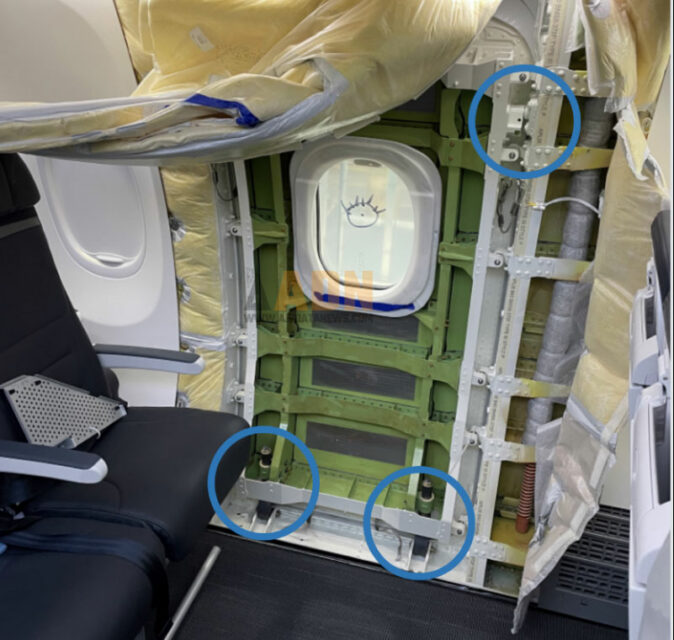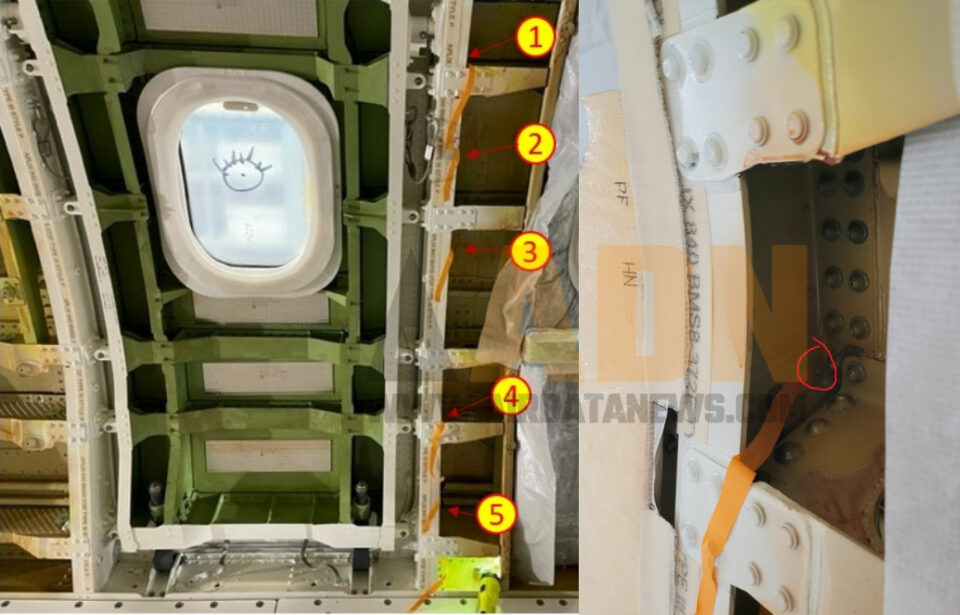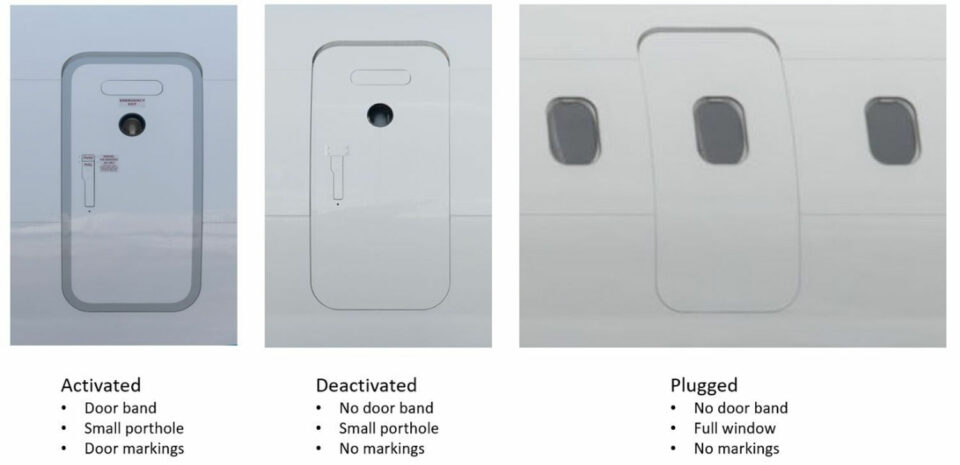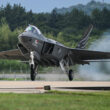The NTSB (National Transportation Safety Board), responsible for investigating transport accidents in the United States, confirmed in a preliminary report that the Alaska Airlines Boeing 737 MAX 9 (N704AL) was missing the four bolts that secure the door plug.
The bolts, located at the base and sides of the bulkhead and which retain it, were absent when Boeing delivered the aircraft, according to an image released by the NTSB.
“The observed damage patterns and absence of contact damage or deformation around holes associated with the vertical movement arrestor bolts and upper guide track bolts in the upper guide fittings, hinge fittings, and recovered aft lower hinge guide fitting indicate that the four bolts that prevent upward movement of the MED plug were missing before the MED plug moved upward off the stop pads,” the report says.
The incident occurred on January 5 on Alaska Airlines Flight 1282 between Portland, Oregon, and Ontario, California. Minutes after takeoff, while climbing to 16,000 feet, the 737 suffered an explosive decompression when the left flap burst.

There were no passengers in the next seats and no one was injured. The pilots managed to return to Portland and land safely, despite the huge hole in the fuselage.
The plug was recovered days later after being found in the backyard of a house. It was practically intact and was taken to the NTSB laboratories in Washington, DC.
Reports from Boeing employees already indicated that the door plug could have been installed, but not retained by the bolts, amid a confusing inspection process by the manufacturer.

Plug removed for corrections
The part was manufactured in Malaysia in March 2023 and then sent to Spirti Aerosystems, responsible for assembling the fuselage. After completing manufacturing in Wichita, the company shipped the fuselage to Renton (where Boeing’s final assembly line is located) on August 31.
An initial inspection indicated that there were poorly made rivets on the right side of the plug, which were removed for corrections, according to the NTSB. A Spirit team made corrections to the rivets and the plug was refitted, but without the four bolts.

After the report was released, Boeing published a statement saying it appreciated the NTSB’s work.
Follow Air Data News: WhatsApp | Google News | Instagram | LinkedIn | Twitter | Facebook
“Whatever final conclusions are reached, Boeing is accountable for what happened. An event like this must not happen on an airplane that leaves our factory,” said Dave Calhoun, CEO of the company.






